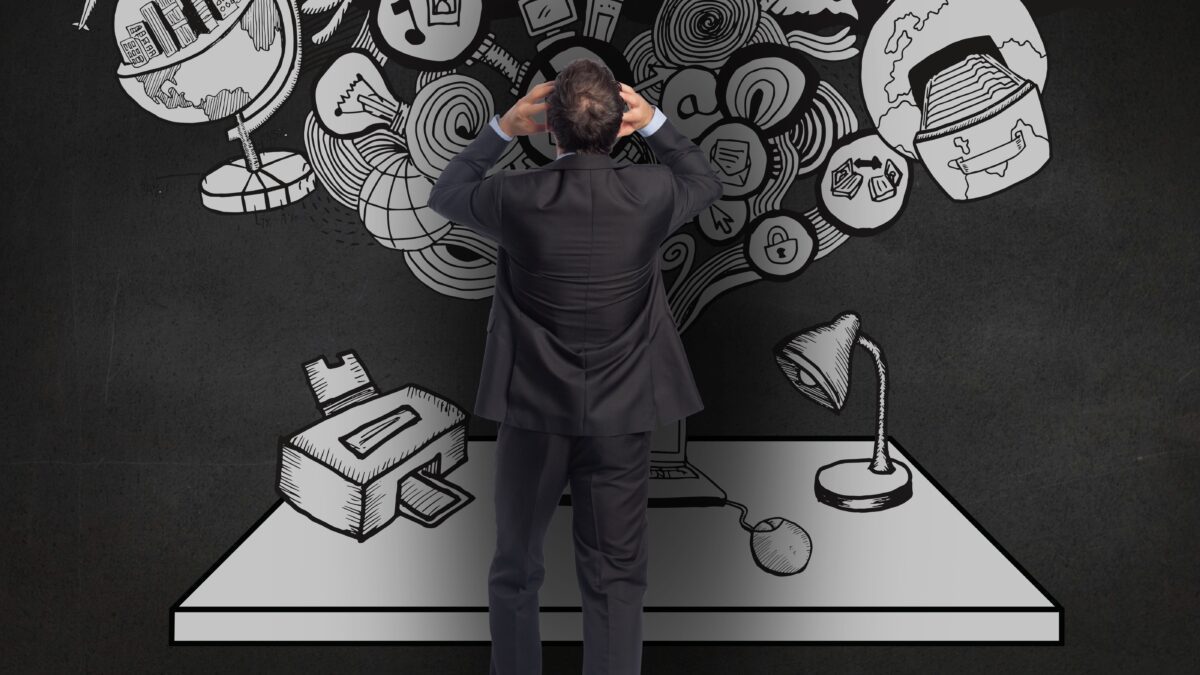Typography is the silent storyteller in the world of design: a visible language speaking tone, type, and persona. Unlocking Distinctive Typography approaches design as a journey, whereby one learns not simply the way to decide a font however to harness the flexibility of type to create an id that’s compelling and unparalleled in its capability to speak. This information explores the artwork of distinctive typography, delving into the ways and rules that elevate letterforms to a realm of excellence.
- Use Expressive Fonts:
Unique lettering first begins with the careful choice of the font. Use typefaces that are expressive and pass the message of the brand that you are trying to communicate. Be it a timeless serif, a geometrical sans, or a joyful script, let the type be a voice that reverberates with design’s intent.
- Custom Lettering
For a truly unique touch, consider designing custom lettering or logotypes. The creation of custom letterforms allows for full control over the design and, thus, can help build a visual identity unique to the brand only. Custom lettering gives a personal and unique feel to any design project.
- Use Variable Fonts:
Variable fonts are an amazing new resource for designers because they allow one file to contain the variations of the weight, width, slant, and other options. Harness variable fonts to bring a sense of fluidity and personality to your type designs—find that oh-so-sweet spot between creativity and performance.
- Play with Typography Hierarchy:
Distinctive typography often relates to playing with hierarchy. Experiment with totally different font sizes, weights, and types to establish a visual hierarchy that then redirects the reader’s focus. Using it will add a large dose of approximated readability to the text, leading to more visual interest and better comprehension.
- Experiment with Letter Spacing
Letter spacing, more popularly known as kerning, can greatly affect the visual appeal of type. Experiment with various spacing options to achieve just the right balance you’re after. Adjusting letter spacings allows you to give it kind of an open or tight feel overall, and it can dramatically change the final aesthetic of a mile.
- Layer Text/ Overlap Text:
For a dynamic, visually interesting effect, try layering or overlaying text. This approach adds depth and complexity to your typography, transforming it into a visual feature rather than merely a means of information. Play with transparency and blend modes for further creativity.
- Harmonize Typography with Imagery:
Create a flow between typography and imagery. Coordinate the design by including fonts fashions that complement the visible elements. Consider how typography could also be applied to work in unison with or body imagery which creates a uniform and beautiful visual story.
- Play with Color and Texture:
Shade and texture bring letterforms to life, transforming them into animated elements within a design. Experiment with gradients of coloration, textures, and overlays to create parts that embody depth and visible curiosity into your typography. The latter will create a multisensory expertise to go along with the general design.
- Pay Consideration to Readability:
Creativity is key, but readability is paramount. Make sure that your creativity with typography enacts no hindrance to the legibility of the text. Strike the balance between creativity and practicality to make an aesthetically beautiful and readable design.
- Consistency Across All Platforms:
Be clarified. Ensure your chosen letterforms work together cohesively across ample platforms and different devices. This will be beneficial for model recognition, reinforcing visual identification that you’ve designed.
Conclusion:
Unlocking distinctive typography is a path carried through creativity and intention where letterforms are at one with the visual storytelling. It’s in choosing fonts that have personality, creating custom lettering, embracing variable fonts, having fun with typographic levels, playing with letter spacing, stacking, and interacting with the text, decorating with imagery, adding color and texture, all while keeping readability and consistency, that designers unleash the magic of unique lettering to speak like never before. As you start the journey on your own in typography, let your designs speak with a voice that’s uniquely and powerfully your own.



Stay connected